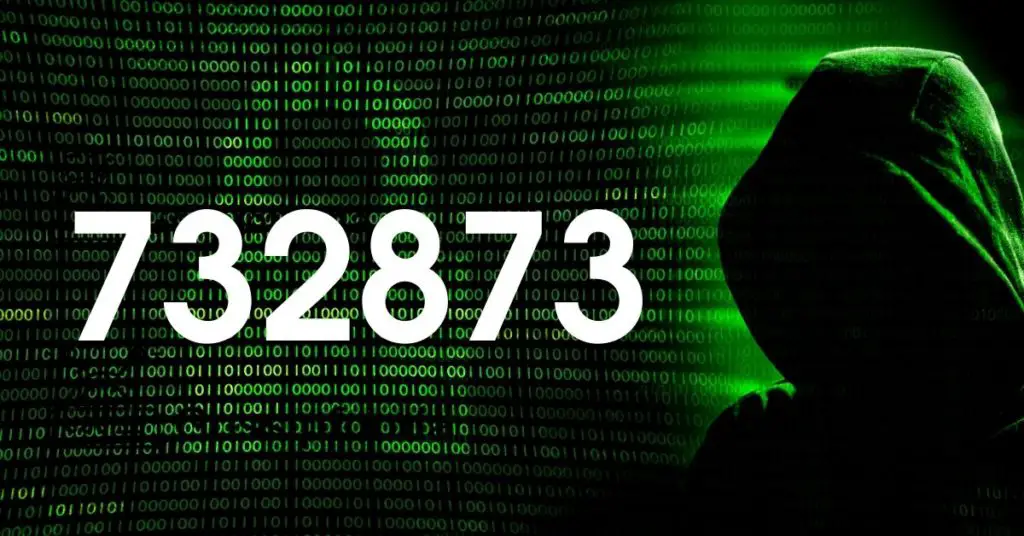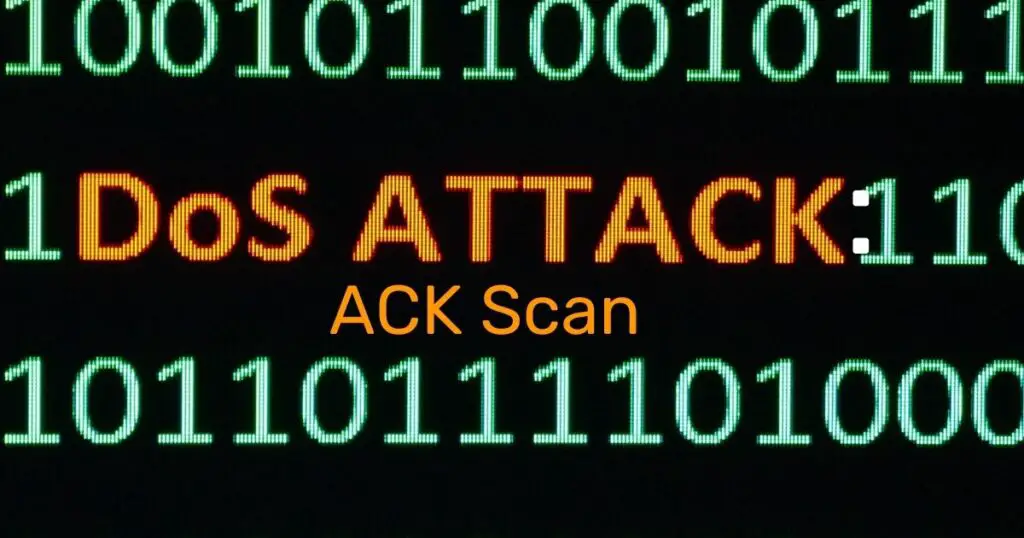Security may be a basic duty for endeavors of all sizes and sorts in today’s environment. With the omnipresent accessibility of recording gadgets and the rising utilization of innovation, numerous firms have made security rules that restrain the utilization of cameras in particular places or circumstances. These controls are implied to protect security and secrecy by avoiding illicit recording or observation. They can, be that as it may, force confinements and hassles on legal cameras, such as for individual photography or work-related obligations. Read one of our blog Can’t take screenshot due to security policy!
Reasons
The reasons for executing security arrangements that limit camera utilization are shifted. In a few cases, organizations may be concerned about the chance of robbery or attack and may limit camera utilization in ranges where important resources or exclusive data is put away. Other organizations may be concerned almost with the hazard of unauthorized reconnaissance and may confine camera use in ranges where touchy data is talked about or put away. In still other cases, organizations may be concerned about ensuring the protection of workers or clients and may limit camera utilization in ranges where individuals are likely to be shown.
Whereas security approaches that limit camera utilization can be vital for ensuring delicate data, keeping up security, and avoiding unauthorized reconnaissance, they can moreover make restrictions and burdens on authentic camera use. For illustration, workers may be incapable of requiring photos for individual utilize or work-related assignments, or may be incapable of utilizing cameras for video conferencing or teleconferencing.
The effect of security policy prevents use of cameras can be especially challenging for representatives who depend on cameras for their work. For example, picture takers, videographers, and producers may be incapable of utilizing cameras in certain ranges or circumstances, and may be constrained to depend on elective strategies for capturing pictures or video. In expansion, representatives who utilize cameras for conferencing or video conferencing may be incapable of taking part in gatherings or collaborating with colleagues in real-time.
To address these challenges, organizations must adjust the requirements for security with the benefits of camera utilization. This requires cautious thought of the dangers and benefits of camera utilization, as well as the effect of security approaches on authentic camera utilization. By actualizing arrangements that are clear, available, and adjusted, organizations can keep up a secure and secure environment while too permitting for true blue camera utilize.
How to Fix Security Prevents Use of Camera Issue?
Here are 10 ways to Fix It:
Characterize particular zones where camera utilize is disallowed:
One arrangement to this issue is to characterize particular zones where camera utilization is denied. This permits for more noteworthy clarity on what regions can and cannot be recorded and guarantees that delicate data is ensured. By constraining the scope of the arrangement, organizations can moreover decrease the effect on true blue camera utilization.
Permit for special cases with earlier endorsement:
Another way to adjust security approaches with camera utilization is to permit for special cases with earlier endorsement. For illustration, in the event that a representative must utilize a camera for a particular errand, they can ask for authorization from an administrator or security officer. This permits for more prominent adaptability whereas still keeping up control over camera utilization.
Actualize checking and authorization measures:
To guarantee that security approaches are being taken after, organizations can implement monitoring and requirement measures. This could incorporate standard reviews of camera utilization, representative preparation, and punishments for non-compliance. By upholding the arrangement, organizations can decrease the hazard of unauthorized recording or surveillance.
Utilize elective strategies for checking and reconnaissance:
Rather than depending exclusively on cameras, organizations can utilize elective strategies for observing and observation. For illustration, control frameworks, alerts, and security faculty can all be utilized to screen touchy regions. By expanding security measures, organizations can diminish dependence on cameras whereas still keeping up security.
Give secure capacity for recorded film:
To ensure protection and keep up secrecy, organizations can give secure capacity for recorded film. This may incorporate encryption, limited get to, and customary cleansing of put away film. By ensuring recorded film, organizations can diminish the hazard of unauthorized get to or abuse.
Permit for individual utilize of cameras exterior of work hours:
To adjust the requirement for security with the benefits of camera utilization, organizations can permit individual use of cameras outside of work hours. This may incorporate individual photography, video recording, and social media utilization. By allowing for individual utilization, organizations can diminish the effect of the arrangement on representatives.
Execute a clear and available arrangement:
To guarantee that representatives get it and comply with security approaches, organizations can execute a clear and open arrangement. This could incorporate preparing, posting signage, and making the approach accessible online. By making the arrangement clear and open, organizations can diminish disarray and progress compliance.
Give elective gadgets for genuine camera utilize:
Rather than depending exclusively on cameras, organizations can give elective gadgets for legitimate camera use. This will incorporate scanners, archive cameras, and specialized hardware for particular assignments. By giving elective gadgets, organizations can decrease the effect of the arrangement on true blue camera utilization.
Permit for mysterious announcing of approach infringement:
To guarantee that security approaches are being followed, organizations can allow for mysterious announcements of arrangement infringement. This may empower workers to report potential breaches without fear of striking back. By permitting mysterious detailing, organizations can improve compliance and decrease the hazard of unauthorized recording or reconnaissance.
Survey and change the arrangement frequently:
To guarantee that security approaches are successful and up-to-date, organizations can audit and change the arrangement routinely. This can incorporate requesting input from workers, observing arrangement compliance, and upgrading the arrangement in response to unused dangers or advances. By routinely reviewing and reexamining the approach, organizations can guarantee that it remains significant and viable.
Conclusion:
In conclusion, security approaches that avoid the utilization of cameras can be vital for securing delicate data, keeping up security, and avoiding unauthorized reconnaissance. In any case, they can too make restrictions and burdens on genuine camera use, such as for individual photography or work-related errands.
The effect of security arrangements that limit camera utilization can be especially challenging for workers who depend on cameras for their work. It can too affect individual utilization of cameras, which may be a common leisure activity for numerous individuals. These approaches can make it troublesome to capture recollections or take photographs of critical occasions.
FAQs:
Why do a few organizations disallow the utilization of cameras?
A few organizations disallow the utilization of cameras for security reasons, to anticipate unauthorized reconnaissance or recording of delicate data, to preserve protection, or to ensure mental property.
Can workers utilize their individual cameras at work?
It depends on the organization’s approach. A few organizations may disallow the utilization of individual cameras at work, whereas others may allow it as long as it is for true blue work-related purposes.
Can cameras be utilized for video conferencing or virtual gatherings?
In numerous cases, yes. Video conferencing and virtual gatherings can be considered true blue work-related purposes, and organizations may permit the utilization of cameras for these purposes.
Are there any special cases of security arrangements that anticipate the utilization of cameras?
Yes, organizations may make exemptions for particular work-related assignments or exercises, as long as they are endorsed in development and follow the organization’s arrangements and methods.
Can security approaches that avoid the utilization of cameras be implemented outside of the work environment?
No, organizations for the most part cannot implement their security approaches outside of the working environment, unless it includes the utilization of company-owned hardware or data.
Can security arrangements that anticipate the utilization of cameras be deferred for extraordinary occasions or events?
It depends on the organization’s approach. A few organizations may permit the utilization of cameras for special occasions or events, as long as they are endorsed in progress and follow the organization’s approaches and strategies.
Can workers be restrained from damaging security approaches that anticipate the utilization of cameras?
Yes, representatives can be restrained for violating security arrangements that avoid the utilization of cameras, depending on the seriousness of the infringement and the organization’s approaches and methods.
Uzair Khan is a technology professional with years of experience in software development. He has worked in a variety of roles, including software engineer, technical architect, and project manager. Uzair has expertise in cloud computing, big data, artificial intelligence, and machine learning, and is skilled in programming languages such as Java, Python, and JavaScript. He is a strong believer in agile development methodologies and has a proven track record of leading successful software projects. Uzair is dedicated to staying up-to-date with the latest technological trends and is committed to continuous learning and self-improvement.

![WPA-PSK [TKIP] + WPA2-PSK [AES]](https://gossipfunda.com/wp-content/uploads/2021/02/WPA-PSKTKIP-WPA2-PSKAES-1024x536.jpg)
